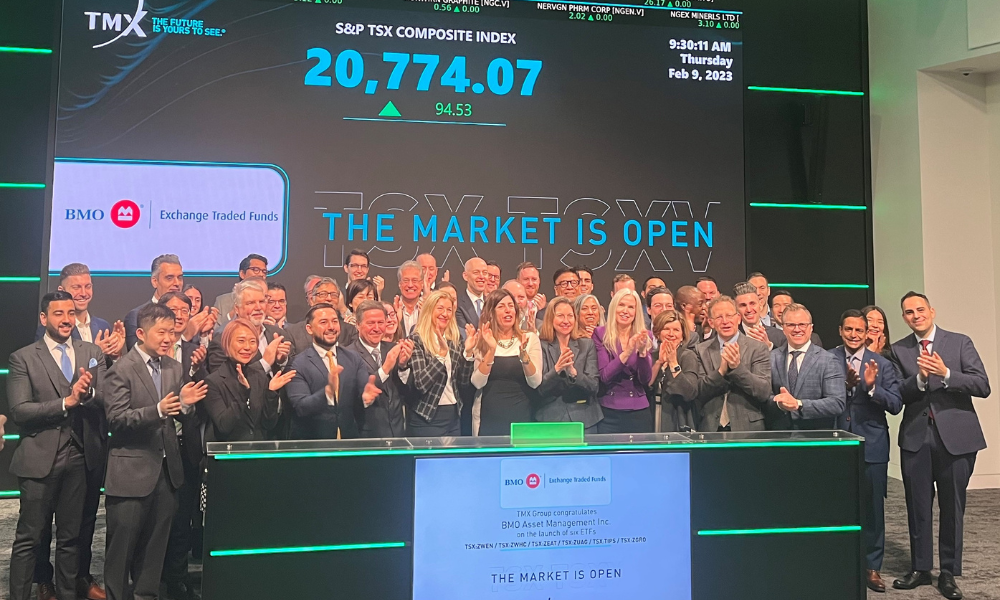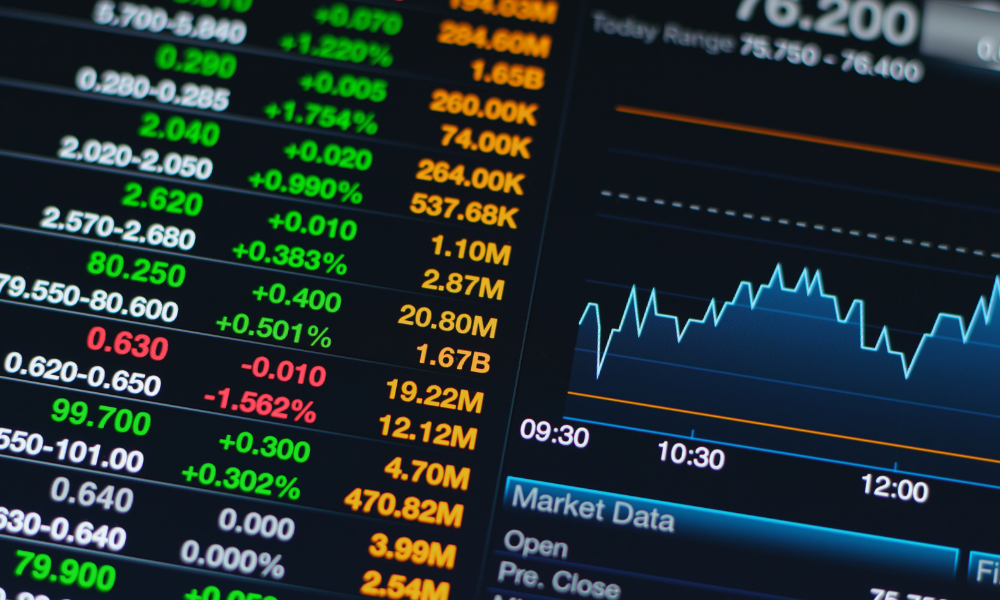To beat inflation you need more money — so don't forget about growth, warns BMO ETF's Kevin Gopaul

With 2022 a real calibration to higher interest rates, the uncertainty factor in 2023 is inflation. But as many opt to stay ultra-defensive until they figure out a path forward, Kevin Gopaul warns that to beat inflation, “you need more money.”
“Some people get too caught up in the protection side of things, and they forget they can make money — that’s what we’re seeing,” Gopaul, Chief Commercial Officer, BMO ETFs, BMO Global Asset Management (GAM), told WP. “You need growth in your portfolio, you can't just invest in cash because you'll burn away all your returns.”
If inflation proves sticky and interest rates stay higher for longer, “investors are going to have to be a little more nimble and selective in terms of the exposures they use,” adds Chris Heakes, Director, Portfolio Manager, BMO GAM. “We're never in a period of total certainty with markets but at a time where we’re particularly uncertain, portfolio construction is key.”
Gopaul and Heakes were speaking after BMO ETFs opened the TSX to celebrate the launch of six new products: the BMO Covered Call Energy ETF (ZWEN), the BMO Covered Call Health Care ETF (ZWHC), the BMO Global Agriculture ETF (ZEAT), the BMO US Aggregate Bond Index (ZUAG, ZUAG.F, ZUAG.U) and the BMO US TIPS Index ETF (TIPS, TIPS.F, TIPS.U) and a new class of unit of BMO Growth ETF (ZGRO.T).
As a dominant player in covered calls, BMO is focused on expanding that sweep, including in the energy sector, which was up 28% in Canada last year. But even if it doesn’t reach those heights in 2023, “there are still a lot of productive factors that could prolong the rally,” Heakes notes. First and foremost, China's one of the world’s top oil consumers and has a lot of industrial production to restart over the course of the year; the US has to refill their strategic petroleum reserve; and there’s continued supply chain disruption with Russia and Ukraine. That's why Heakes “really likes the covered call strategy, because a mildly bullish or even a sideways market can still generate returns on the income side”.
“That's my preferred pick for the sector for the year and being market weight — if not a touch overweight — energy still makes a lot of sense given those underlying drivers,” he adds.
As for healthcare, despite it being a sector that people are historically underweight in, it’s BMO’s “fundamental belief” that people have exposure. Gopaul points to the aging population as a factor, noting “we saw a statistic that said people spend up to 95% of their net wealth in the last five years of their life just trying to either stay alive or stay healthy.” In a sense, it’s a life hedge: you’re going to spend money in Johnson & Johnson? It's in the portfolio, you get exposure, and get some revenue from it.
Global agriculture is also worth highlighting, as “there are a number of different angles there,” says Gopaul, pointing to a growing world population, scarcity issues, and climate change. “We want people to have exposure because the revenues are increasing in a lot of the companies and there’s a lot of innovation happening in the space as well,” he says. “We want investors to capture both.”
Though there's no one-size-fits-all answer — some investors might be interested in the all in one asset allocation ETFs, while others want to customize portfolios to their unique needs — “there are a million ways to go about it with [our] 160+ tickers,” Heakes notes, and that’s the level of choice BMO ETFs seeks to bring to the market, especially in times of volatility, because at the end of the day “it's all about building more robust portfolios and solving client issues.”
“We give investors, advisors, and institutions the tools to create well-rounded portfolios because let's face it, the challenges of the markets are not going away. Many of the challenges of ‘22, such as inflation and interest rates, are carrying over into ‘23. By having a diverse suite of products, each portfolio can be tailored to what’s going to work best for the investor.”



